Article Topics
As the stigma surrounding medical marijuana continues to fade and scientific research validates its potential health benefits, patients and healthcare providers are exploring novel ways to optimize their cannabis experience. Enter microdosing, an innovative method that entails consuming small amounts of cannabis in sub-psychoactive doses to maximize therapeutic benefits while minimizing undesired side effects or intoxication. United Patients Group – the leading source for patient information on medical marijuana – aims to empower patients with up-to-date insight into this growing trend that seeks to harness the power of cannabis in a controlled, tailored manner.
The practice of using small doses of psychoactive substances, primarily psychedelics, to boost creativity, focus, and mental well-being has increased in popularity in recent years. Now, microdosing is making its way into the realm of medical marijuana as well. By employing microdosing techniques, patients can fine-tune their intake, striking a balance between symptom relief and psychoactive effects. For individuals who may be hesitant to use medical marijuana due to concerns about intoxication, microdosing may offer a viable pathway to leverage the plant’s therapeutic potential with reduced risks.
In the following sections, we will delve into the science and rationale behind microdosing medical marijuana, discuss its potential benefits and risks, explain different microdosing techniques, and share expert tips for implementing a successful microdosing regimen. With a comprehensive understanding of microdosing cannabis, patients and healthcare providers can make empowered decisions about their medical marijuana journey and craft an individualized approach that aligns with their health goals and lifestyle.
Microdosing Cannabis: The Science and Rationale
Microdosing involves administering minimal amounts of cannabis, focusing on the “minimum effective dose,” which is the smallest quantity capable of producing desired therapeutic effects. The underlying premise of microdosing is achieving a subtle, optimal balance of cannabis use, wherein the medical benefits are maximized while minimizing sensations of hyperactivity or cognitive impairment often associated with traditional dosing mechanisms.
The primary active components of cannabis – delta-9-tetrahydrocannabinol (THC) and cannabidiol (CBD) – are known to have dose-dependent effects on the body. For instance, at low doses, THC may induce anxiolytic effects, whereas at higher doses, it can potentially exacerbate anxiety. Similarly, CBD’s therapeutic window varies across individuals and conditions. By leveraging microdosing, patients can fine-tune their cannabis intake to achieve their desired level of relief, modulation, or stimulation without going overboard.
Moreover, microdosing focuses on the “biphasic effect” principle, which states that cannabis compounds may yield different effects at differing dosages. As such, microdosing presents a controlled, tailored way for patients to harness the therapeutic potential of medical marijuana without disrupting their day-to-day functioning.
Benefits and Risks of Microdosing Cannabis
Microdosing medical marijuana offers various advantages for patients navigating the world of cannabis treatments:
1. Tailored Symptom Relief: The controlled nature of microdosing enables patients to effectively manage and alleviate specific symptoms, such as chronic pain, anxiety, depression, and sleep disorders, without inadvertently impairing cognitive abilities.
2. Minimized Side Effects: Excessive consumption of medical marijuana, particularly THC-dominant strains, can lead to short-term side effects, including paranoia, impaired motor skills, and altered judgment. Microdosing mitigates these risks by ensuring patients consume only the minimum needed to manage their symptoms.
3. Discreet and Functional: Microdosing allows patients to incorporate cannabis therapy into their daily lives seamlessly. Smaller doses mean minimal disruption to productivity, energy, and sociability.
However, it’s essential to acknowledge that microdosing may not be suitable for everyone:
1. Insufficient Relief for Certain Conditions: While microdosing can offer relief for various symptoms, it might not suffice for patients with more severe or acute conditions who require higher, more potent doses of cannabis to achieve relief.
2. Experience and Tolerance Variability: Cannabis users with higher tolerance levels may require larger doses to experience the same therapeutic effects, making microdosing’s ideal window challenging to determine for each individual.
3. Limited Research: Scientific studies focusing specifically on microdosing cannabis are relatively scarce, resulting in limited empirically-backed guidelines to determine optimal microdosing levels, effectiveness, or safety.
Microdosing Techniques: Finding Your Sweet Spot
Microdosing involves finding your personal “sweet spot” through trial and error. Here are four popular techniques for incorporating microdosing into your medical marijuana regimen:
1. Inhalation: Patients can use vaporizers or consume small puffs of cannabis-infused products, gradually increasing intake until they achieve the desired effects without excessive psychoactivity. This method offers quick onset, making it ideal for managing acute symptoms or monitoring real-time responses.
2. Edibles and Tinctures: Edibles and tinctures offer a more controlled approach as the dosage can be accurately measured and adjusted as needed. However, they require a longer onset time, which can vary according to individual metabolism and gastrointestinal factors.
3. Sublingual Strips: Sublingual strips are a discreet and fast-acting method for microdosing, as they dissolve under the tongue, entering the bloodstream directly without needing to pass through the digestive system.
4. Topicals: Microdosing with topicals like creams, balms, and patches is ideal for localized pain relief, as it targets specific areas and keeps systemic cannabinoid levels low.
Expert Tips for Microdosing Success
Starting a microdosing journey requires patience and perseverance. Here are some expert tips to help ensure a successful microdosing experience:
1. Maintain a Journal: Track your dosages, timing, cannabis products used, and any symptoms experienced to monitor your progress and zero in on your ideal microdosing regimen.
2. Consult a Healthcare Professional: Engage with a medical marijuana-friendly healthcare provider to discuss your symptoms, explore various microdosing techniques, and receive guidance on establishing a customized treatment plan. United Patients Group offers medical consultations via phone or video.
3. Experiment with Low-THC Strains: Opt for strains with a higher CBD-to-THC ratio to avoid excessive psychoactivity, especially during the initial stages of microdosing.
Unlocking the Potential of Microdosing for Personalized Cannabis Therapy
Microdosing cannabis presents an opportunity to discover the power of tailored, personalized treatment in addressing medical conditions and symptoms. The knowledge and guidelines provided by United Patients Group allow patients and healthcare providers to embark on a journey that embraces the full potential of medical cannabis as an effective, customized therapeutic option. Exploring the world of microdosing empowers patients to take charge of their health, paving the way toward a brighter future filled with possibilities and healing.

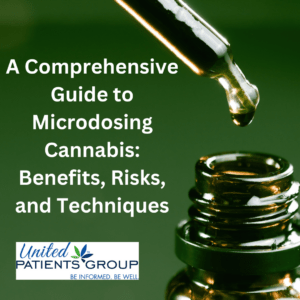
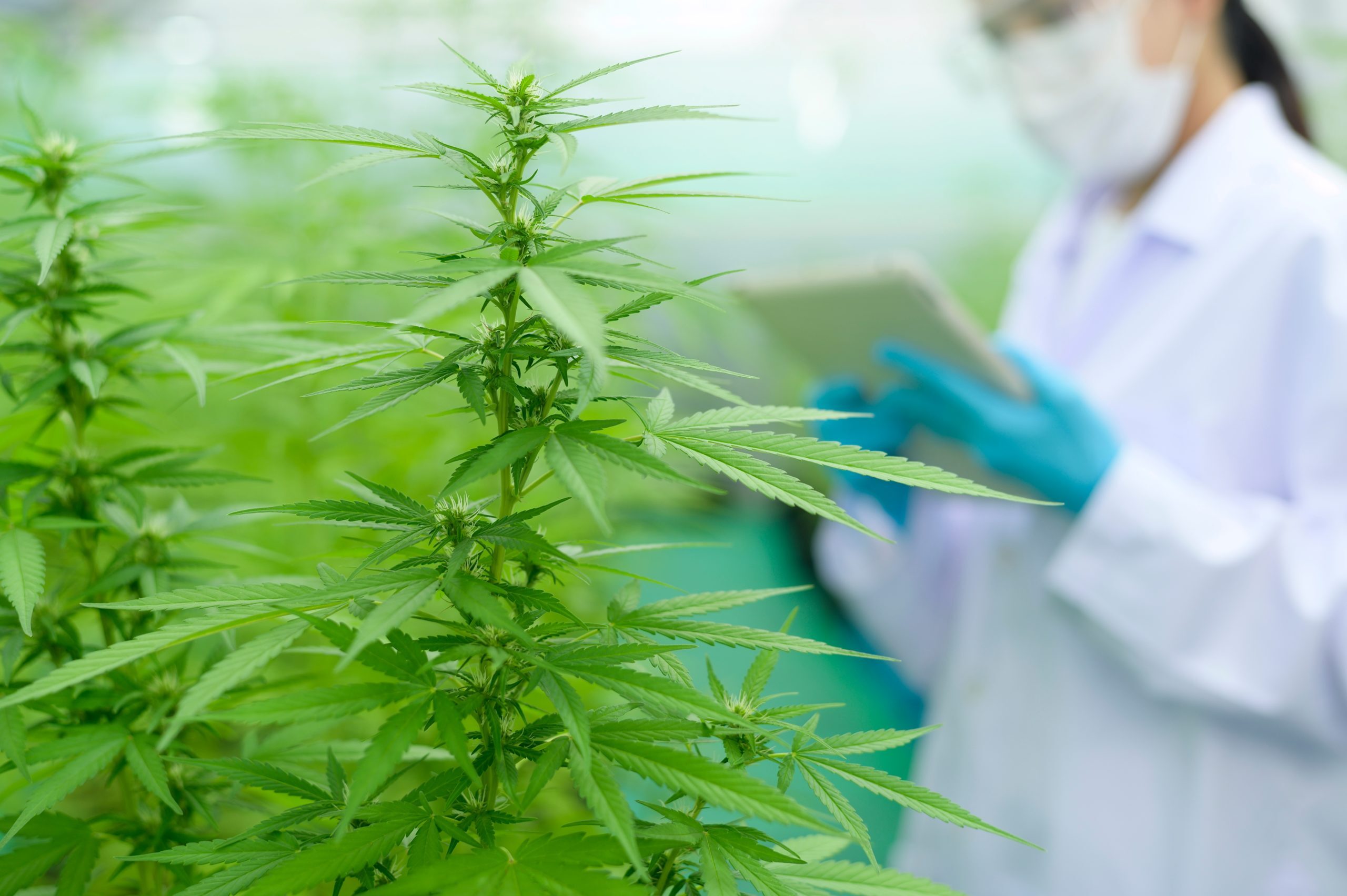

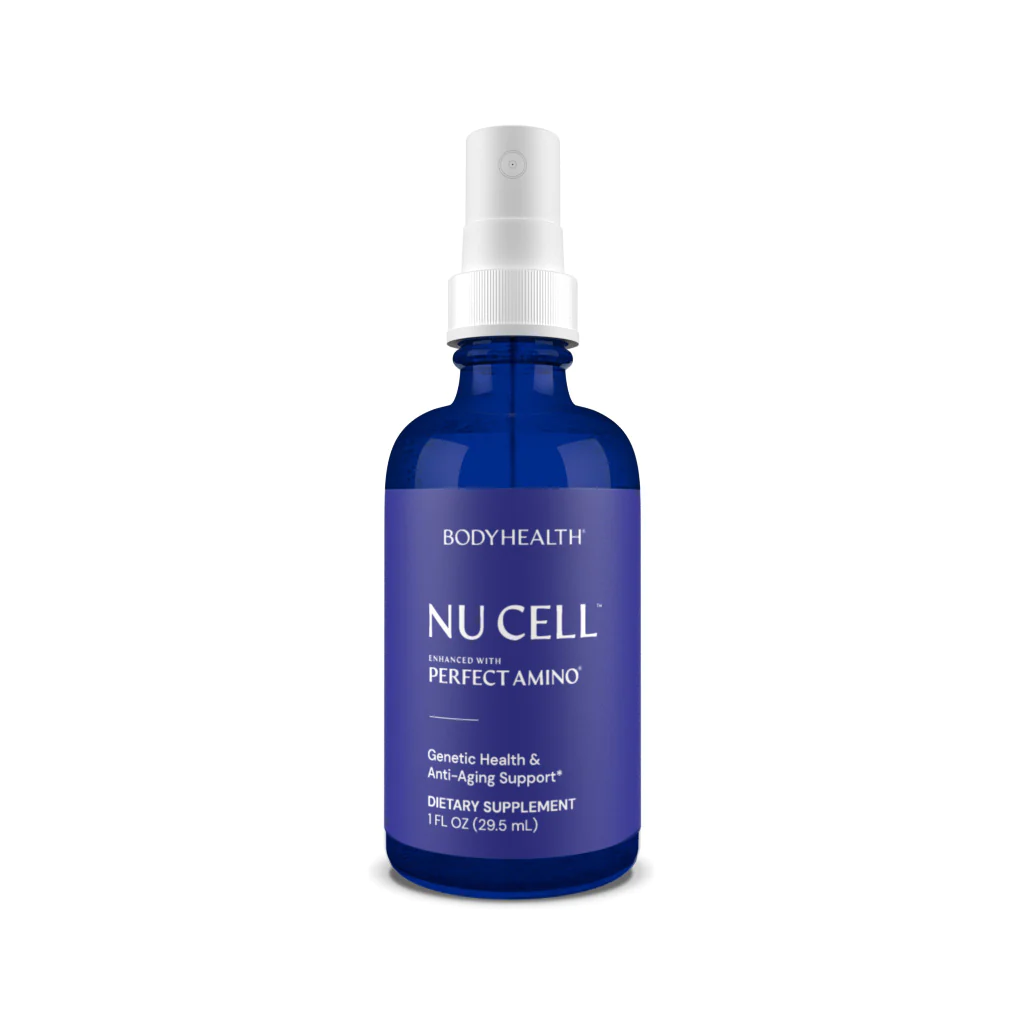
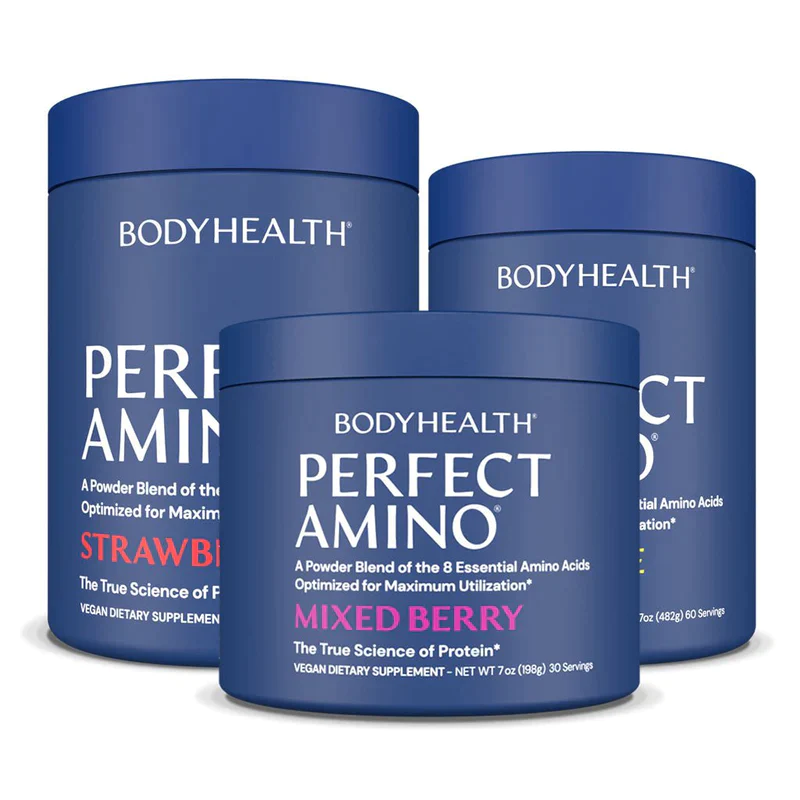

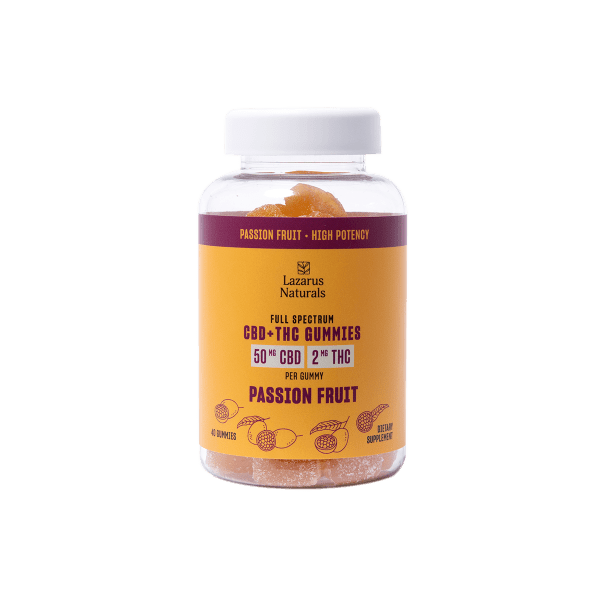
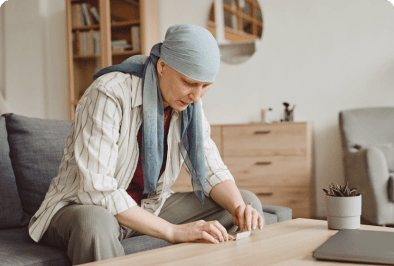

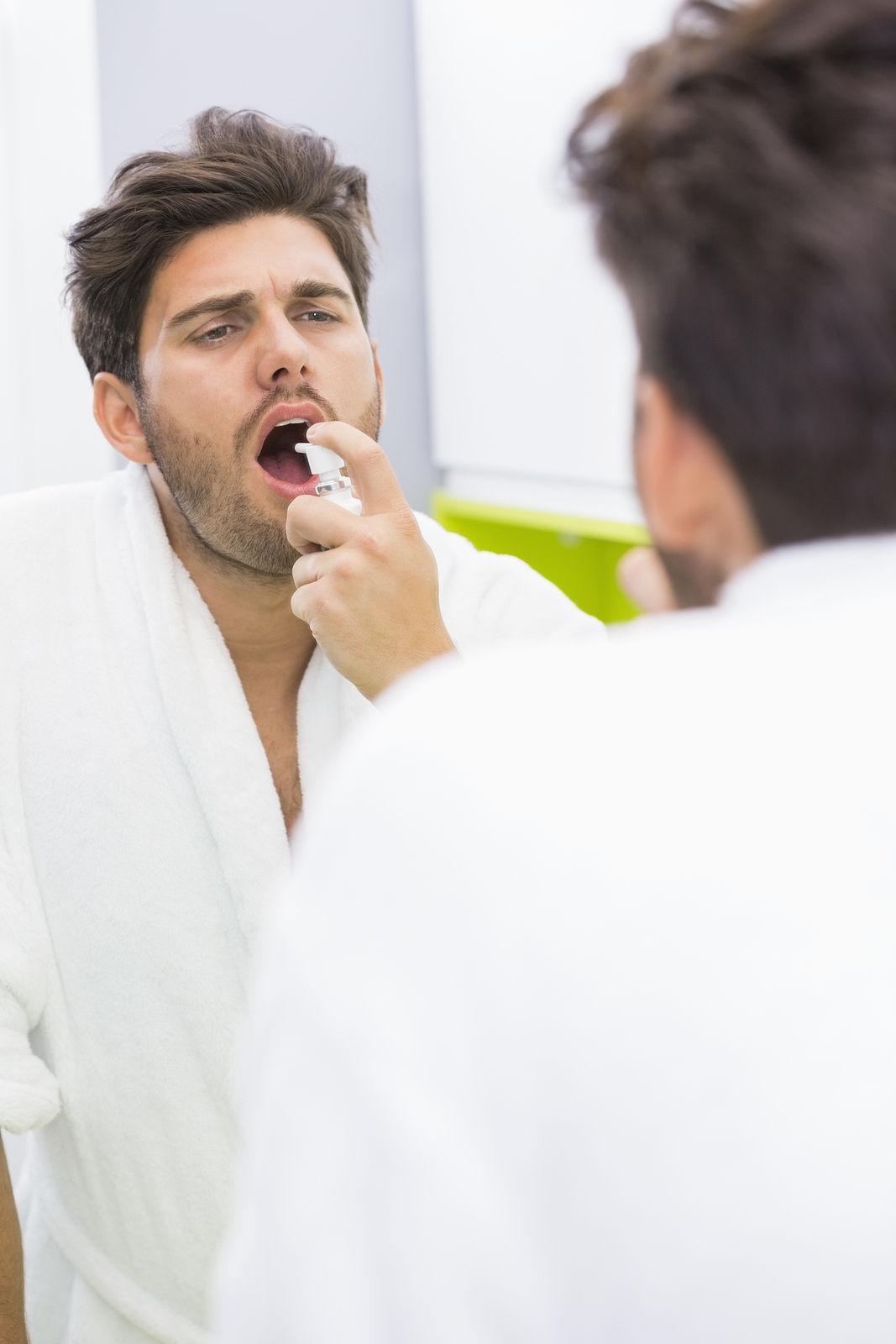

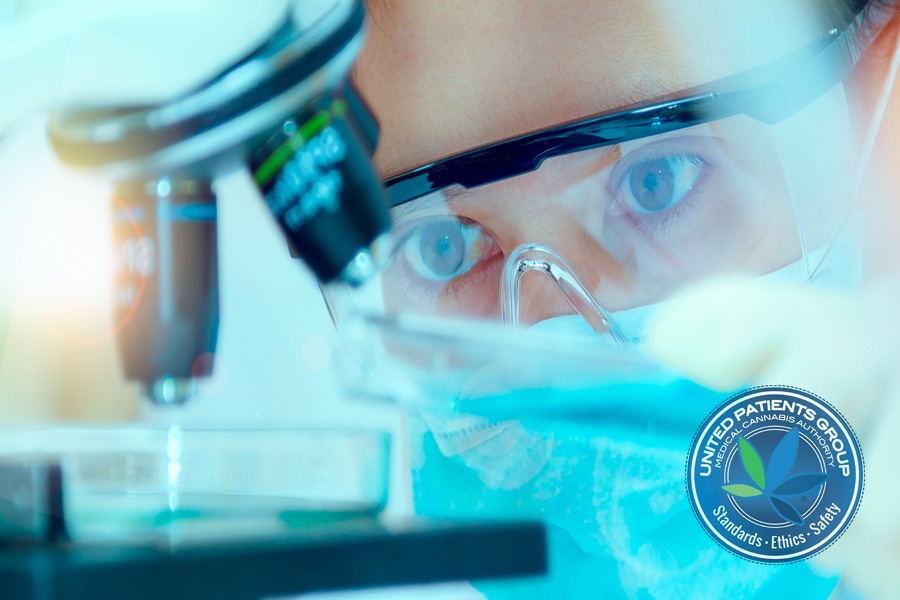
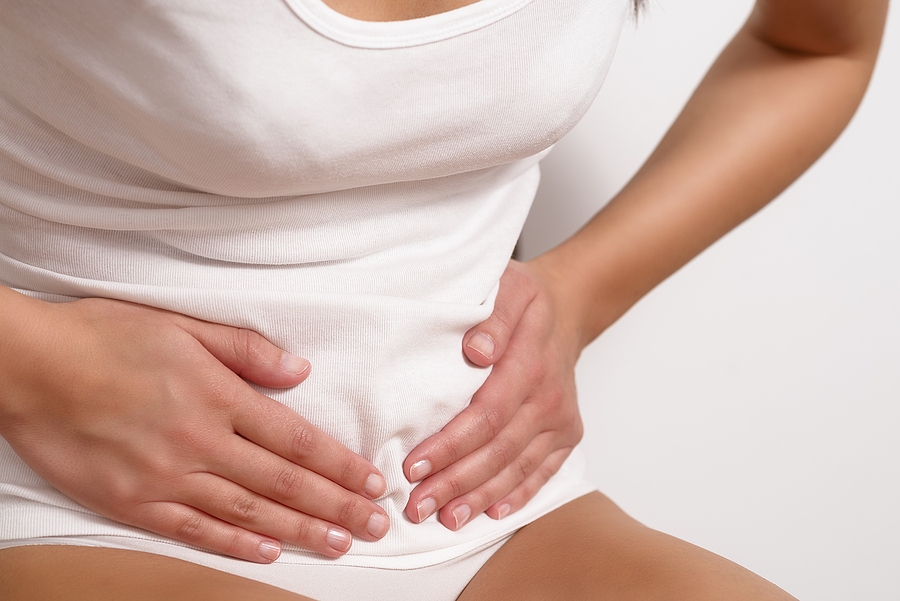
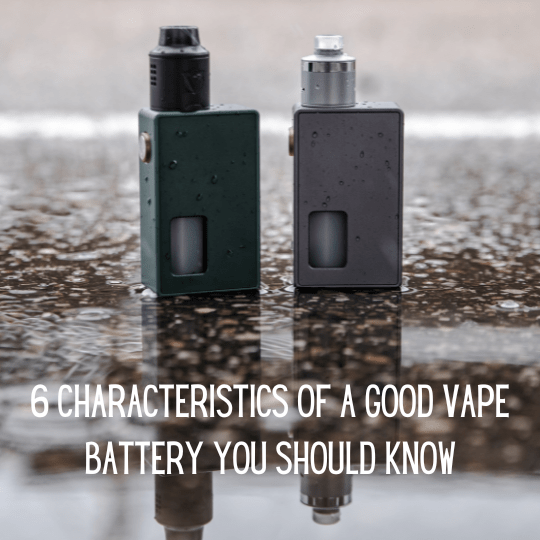
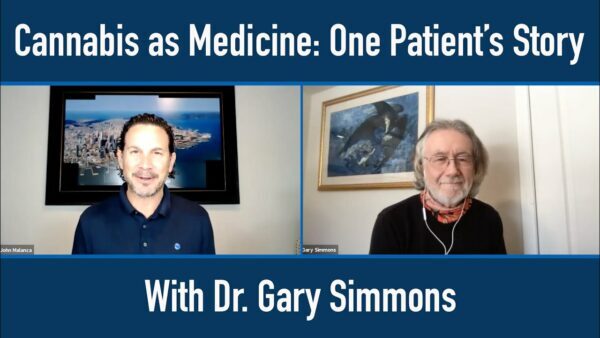


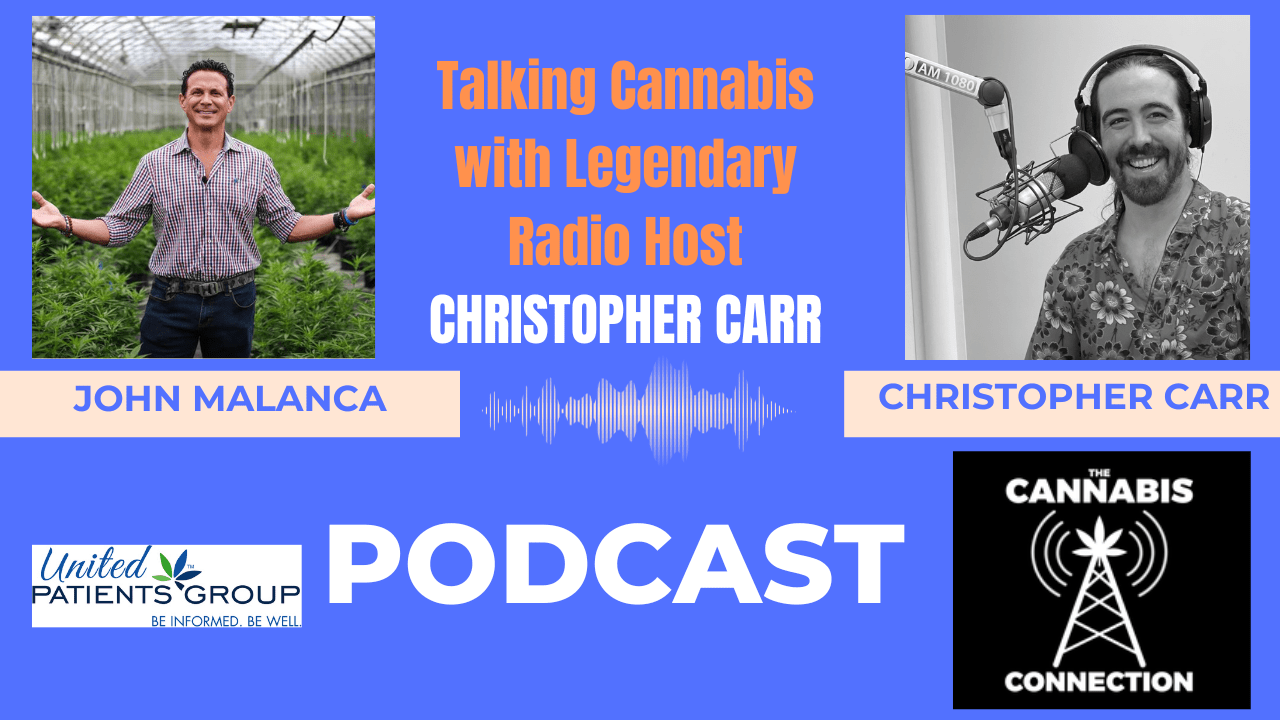




















Leave a Reply Cancel reply